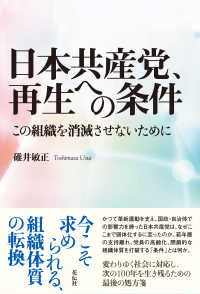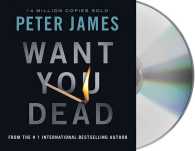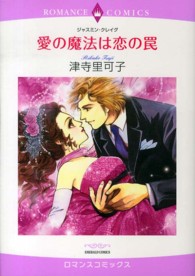- ホーム
- > 洋書
- > 英文書
- > Literary Criticism
Full Description
The first major literary and cultural history of color in America, 1880-1930
Chromographia tells the story of how color became modern and how literature, by engaging with modern color, became modernist. From the vivid pictures in children's books to the bold hues of abstract painting, from psychological theories of perception to the synthetic dyes that brightened commercial goods, color concerned both the material stuff of modernity and its theoretical and artistic formulations. Chromographia spans these diverse practices to reveal the widespread effects on U.S. literature and culture of the chromatic revolution that unfolded at the turn of the twentieth century.
In analyzing color experience through the lens of U.S. writers (including Charlotte Perkins Gilman, L. Frank Baum, Stephen Crane, Charles Chesnutt, Gertrude Stein, Nella Larsen, and William Carlos Williams), Chromographia argues that modern aesthetic techniques are inseparable from the theories and technologies that drove modern color. Nicholas Gaskill shows how literature registered the social worlds within which chromatic technologies emerged, and also experimented with the ideas about perception, language, and the sensory environment that accompanied their proliferation.
Chromographia is the only study of modern color in U.S. literature. It presents a new reading of perception in literature and a theory of experience that uses color to move beyond the usual divisions of modern thought.
Contents
Introduction: How Color Became Modern
1. The Place of Perception: Local Color's Colors
2. Charlotte Perkins Gilman and the Progressive Arts of Pure Color
3. The Production and Consumption of a Child's View of Color
4. Lurid Realism: Stephen Crane, Gertrude Stein, and the Synthesis of Modernism
5. On Feeling Colorful and Colored in the Harlem Renaissance
Epilogue: Albers after the Color Sense
Acknowledgments
Notes
Bibliography
Index








